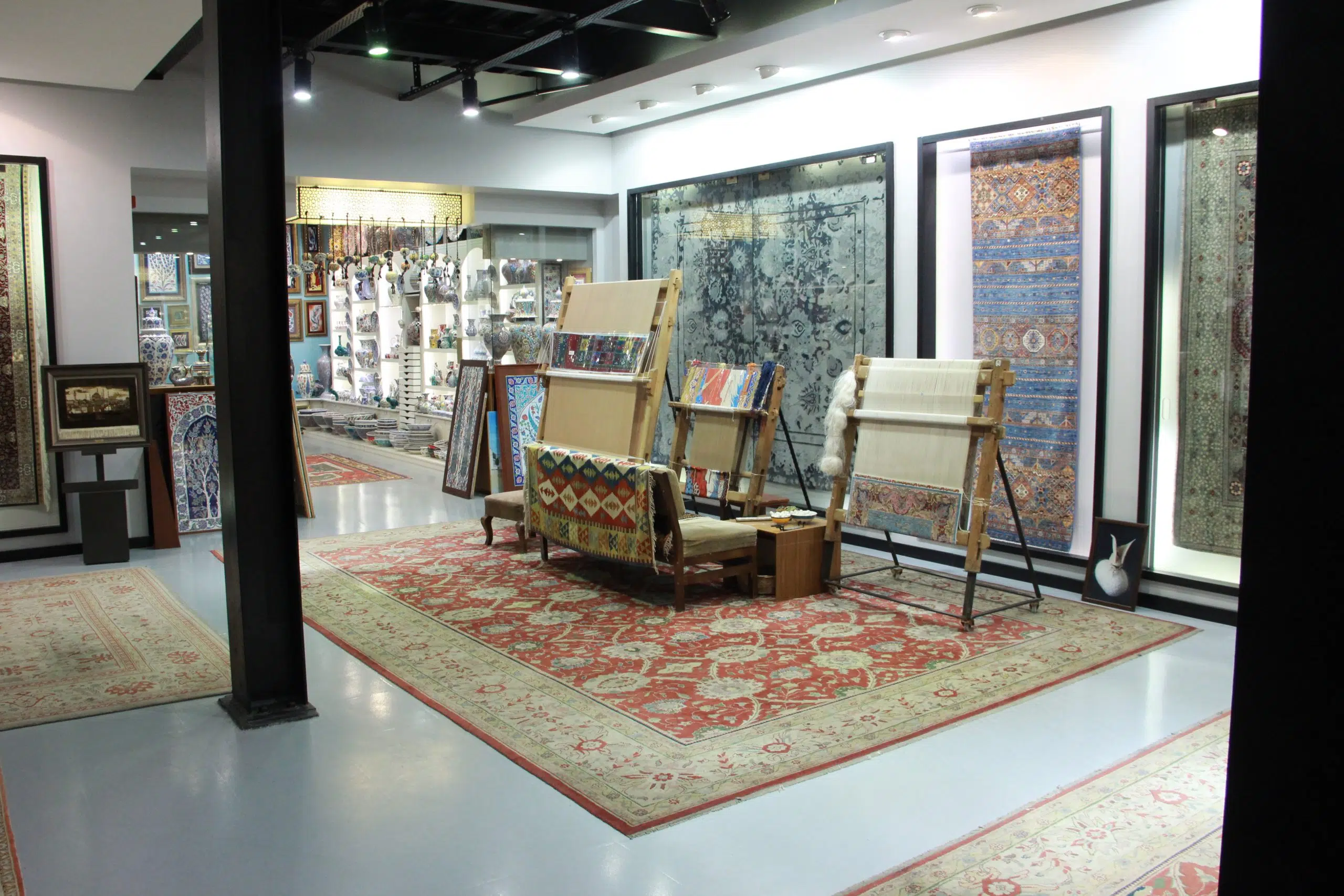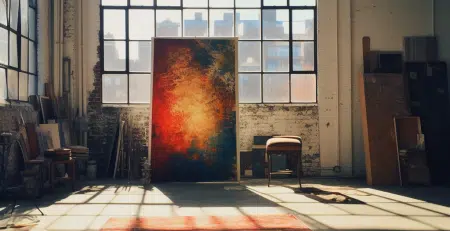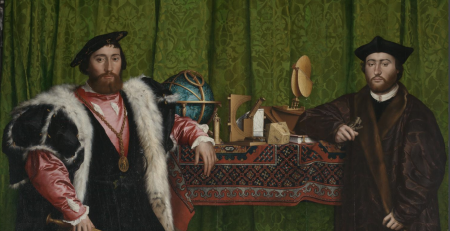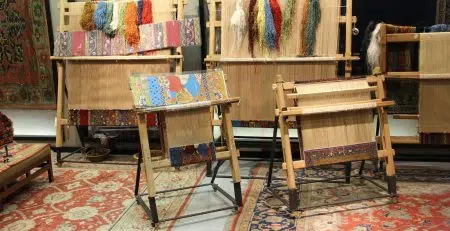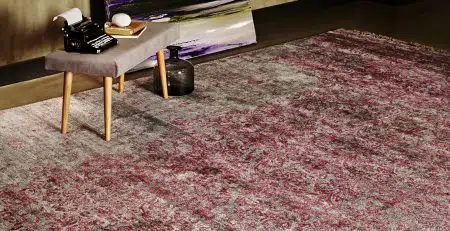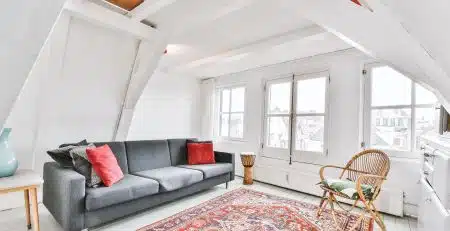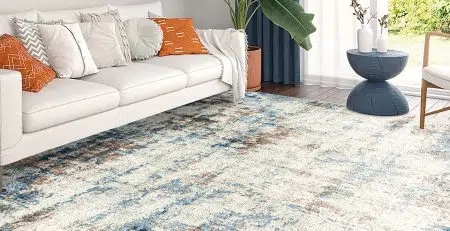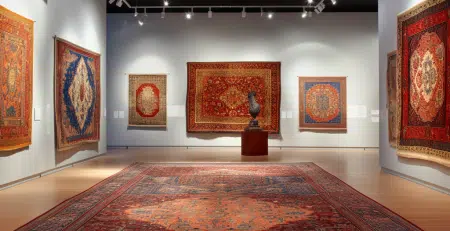The Timeless Artistry of Turkish Oriental Rugs: A Journey Through Hereke, Döşemealtı, Oushak, Bergama, Konya, Kayseri and Sivas
Beril Yilmaz2023-07-03T06:56:07+00:00Hereke Pure Silk and Wool on Cotton Rugs
Hereke, a small town located 60km east of Istanbul, has gained renown since the 19th century for its production of the world’s most renowned and finest pure silk carpets. These carpets are unmatched and crafted using super fine silk on-silk hand-woven techniques. They feature naturalistic floral motifs, including plum blossoms, tulips, carnations, and roses, creating a spring-like ambiance. These valuable masterpieces were meticulously created by expert craftsmen of exceptional skill, using looms initially commissioned by the Sultan to produce carpets for the palace, nobility, and important individuals.
One notable distinction of Hereke carpets from other oriental rugs is their employment of the double knotting technique, resulting in a 45-degree angle in the pile. This gives them a distinctive appearance when viewed from either end. Hereke silk rugs, with a million double knots per square meter, represent the pinnacle of contemporary carpet weaving.
Some Hereke carpets feature brocaded gold thread, further enhancing their luxurious aesthetic. Aside from the pure silk carpets made from locally produced silk in Bursa, Hereke is also renowned for its wool and cotton carpets. These rugs are densely knotted, making them well-suited for use in living rooms, dining areas, and bedrooms.
Döşemealtı Rugs
Döşemealtı rugs are a type of Oriental Turkish rug that has been woven in the Döşemealtı region of Turkey, which is in the province of Antalya. These rugs are known for their high quality and distinctive designs.
Döşemealtı rugs are usually woven using wool or a combination of wool and cotton. The wool used in these rugs is typical of high quality, which gives them a soft and durable texture. Traditional Turkish motifs and patterns, such as floral and geometric designs, often inspire the designs of Döşemealtı rugs.
One unique feature of Döşemealtı rugs is their color palette, typically dominated by earthy tones such as beige, brown, and rust. These colors are often combined with bright blue, red, and green accents to create striking and eye-catching designs.
Döşemealtı rugs are woven on a horizontal loom, allowing for larger and more complex designs. The weaving process of these rugs is highly skilled and can take several months or even years to complete, depending on their size and complexity.
Due to their high quality and distinctive designs, Döşemealtı rugs are demanded by collectors and rug enthusiasts worldwide. They are often considered valuable works of art that showcase the rich cultural heritage of Turkey.
Oushak Rugs
Oushak Rugs have a long-standing tradition in rug making that goes back to the 15th century. They are known for their distinct characteristics, such as a gentle color palette consisting of muted earthy tones like beige, cinnamon, terracotta, gold, blues, greens, ivory, saffron, and greys. These colors are complemented by intricate floral and geometric designs, resulting in a harmonious and balanced aesthetic unique to Oushak rugs. Notably, the star and medallion carpets, which originated in Oushak, have gained popularity. A specific type of Oushak rug is referred to as Lotto Carpets, named after the carpets that Lorenzo Lotto meticulously depicted in his paintings. Another remarkable aspect of Oushak rugs is their luxurious texture, offering a soft and comfortable feel underfoot. This is attributed to the use of high-quality wool, often hand-spun and hand-dyed with natural materials. Oushak’s favorable location near the Izmir port allows easy access to European markets. During the 16th to 18th centuries, Oushak was home to renowned rug manufacturers in the Ottoman Empire. These master weavers crafted exceptionally beautiful and high-quality rugs that were highly sought-after by the aristocracy and affluent merchants of that era. Even today, Oushak rugs continue to be made using traditional methods and techniques, preserving the rich cultural heritage of Turkish rug making. These rugs serve both as exquisite decorative pieces and functional elements, representing a connection to a bygone era of artistic skill and craftsmanship. Oushak rugs are a work of art that adds elegance and sophistication to any space.
Bergama Rugs
Bergama rugs, also known as Pergamon rugs, are a type of Oriental Turkish rug produced in the Bergama region in the Izmir province of northwest Turkey. The history of carpet weaving in Bergama probably dates back to the 15th century.
One of the most famous types of Bergama rugs is Kız Bergama, which belongs to the Yagcibedir area and features bold geometric designs and bright colors. The basic colors are red, white, black and navy blue.
These are artworks that the local people’s girls weave to express that they have reached the age of marriage. This elegant tradition has produced very original and valuable items today. Kız Bergama Rugs are often used in traditional Turkish homes and are highly sought-after by collectors and rug enthusiasts.
Another type of Bergama rug is Holbein, named after featured 16th-century famous artist Hans Holbein’s paintings. These carpets are known for their detailed and symmetrical designs, often featuring geometric patterns and motifs.
Konya Rugs
Konya rugs have a rich history that dates back centuries. The earliest examples of these rugs are from the 11th century and are part of the Anatolian Seljuk carpets. The city of Konya was known for having workshops under the patronage of the Seljuk sultans, which Marco Polo mentioned this in his Chronicles in the 13th century.
The Konya-Ladik carpets are highly sought after for their high quality, varying sizes, soft colors, and fine knotting. These rare pieces are always in demand in the world markets. The earliest examples of this group were discovered in the Konya Alaattin Mosque in 1905 and are now exhibited at the Turkish and Islamic Arts Museum in Istanbul.
The design of Konya rugs is known for its use of geometric shapes, such as diamonds, octagons, stars, and rosettes, arranged in infinite repetition. One of the most famous types of Konya rugs is the Seljuk rug, which is named after the Seljuk Turks who ruled over the region in the 11th and 12th centuries. One of the most distinctive features of Seljuk Carpets is the use of borders with large Kufi scripts, which give them a grand and imposing appearance. This border design continued to be used with modifications in the carpets of the Ottoman era.
Konya rugs are also known for their adaptability and versatility. They can be used in various settings, from traditional to modern, and complement various decor styles. Whether you want to add a touch of history and cultural significance to your home or appreciate the artistry and craftsmanship of Turkish rug making, Konya rugs are an excellent choice.
Kayseri Rugs
Kayseri is a city in central Turkey with a long and rich history of rug making. The region is known for producing some of the most exquisite Oriental rugs in the world, with unique designs and a high level of craftsmanship.
Kayseri rugs are typically made using high-quality wool or silk. These rugs are known for featuring floral or geometric motifs arranged in symmetrical patterns. Fine knotting and close pile make every detail of the design clearly visible. The weaving process of Kayseri rugs is highly skilled and can take several months or even years to complete, depending on their size and patterns.
Sivas Rugs
Sivas rugs, also Kilim rugs, are a type of Oriental Turkish rug that originates from the Sivas region in central Turkey. Nomadic tribes traditionally weave these rugs, and their unique designs reflect their nomadic way of life.
Sivas rugs are known for their bold and vibrant colors, often inspired by the region’s natural landscape. The colors used in these rugs include deep reds, blues, greens, and yellows, and they are often combined with geometric patterns and stripes.
One of the most notable features of Sivas rugs is their flat weave, which gives them a distinct texture and feel.
Sivas rugs often have symbolic meanings and reflect the region’s rich cultural heritage. Many designs, such as flowers, trees, and animals, are inspired by nature, while others feature geometric patterns that symbolize unity, harmony, and balance.
Sivas rugs are also known for their durability and longevity. They are hand-woven using high-quality wool or cotton, and the weaving process can take several months to complete. This attention to detail and quality craftsmanship ensures that Sivas rugs will last many years and become treasured family heirlooms.

